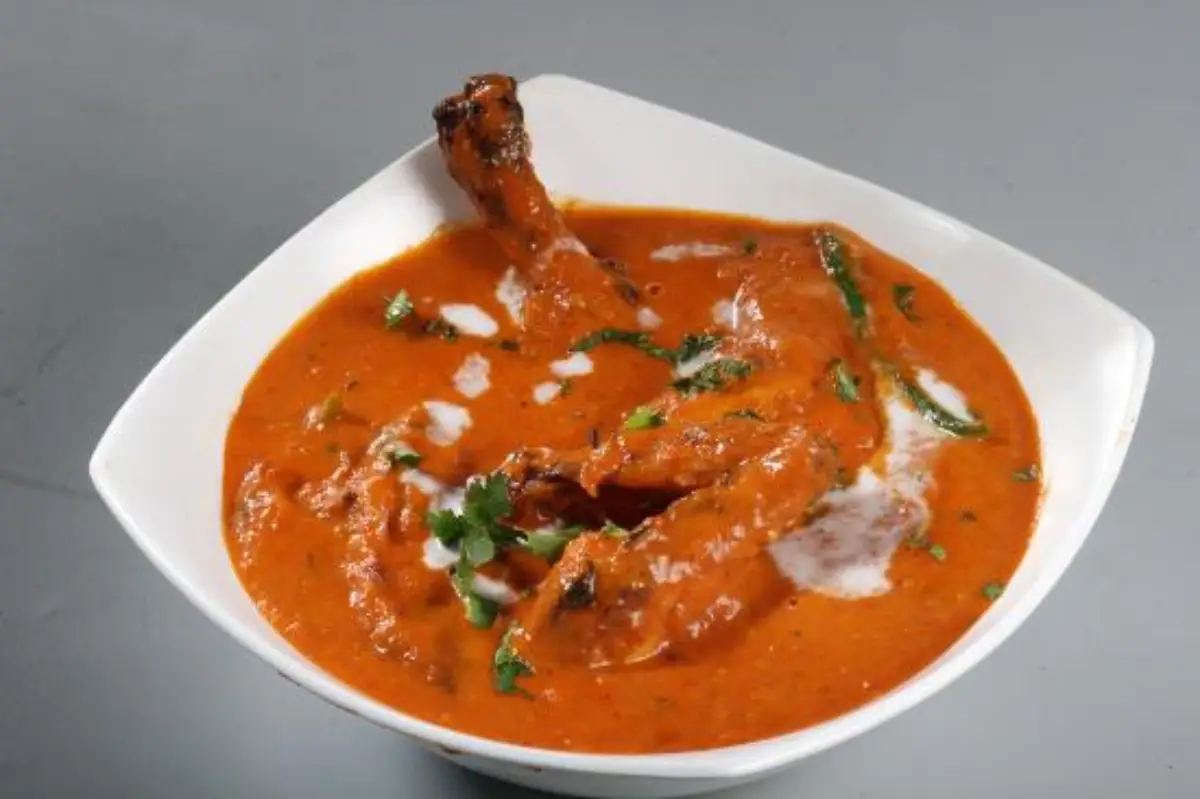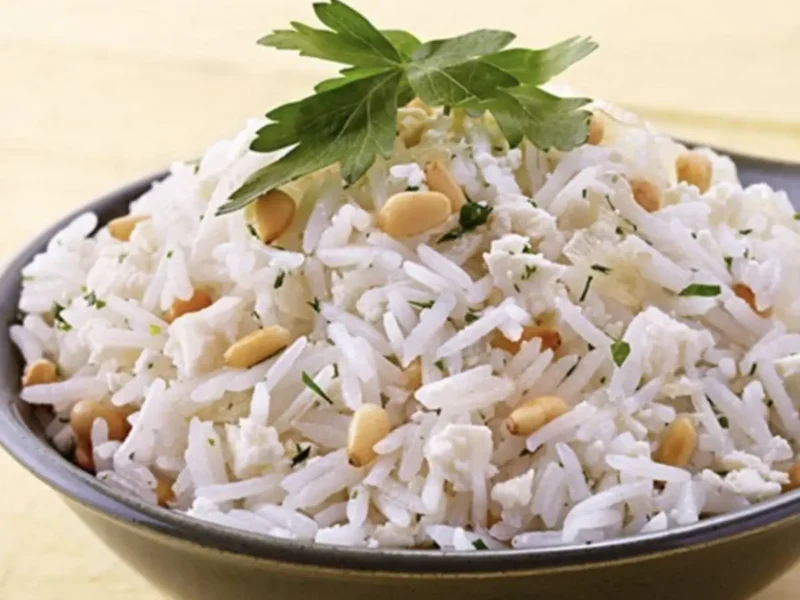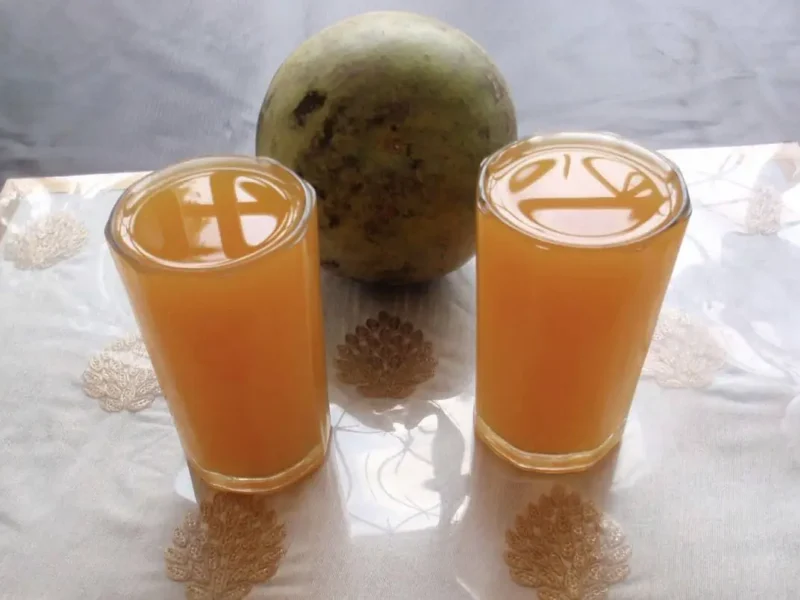
Court Case: Who Invented Butter Chicken And Dal Makhani?
NEW DELHI, (IANS) – In a delicious legal battle, the Delhi High Court is set to adjudicate the rightful claimant to the title of developing the beloved Indian culinary delights – Butter Chicken and Dal Makhani.
The courtroom drama unfolds between the Moti Mahal and the Daryaganj restaurants, as they lock horns over the usage of the tagline “Inventors of Butter Chicken and Dal Makhani.”
Moti Mahal alleges that Daryaganj is engaging in misleading practices by suggesting a connection between the two restaurants.
The crux of the matter lies in Moti Mahal’s argument that the first branch of their restaurant was opened in the Daryaganj neighborhood. They contend that this geographical association is being exploited by Daryaganj to imply a culinary relationship that doesn’t exist.
The heart of the dispute lies in the historical claim of each restaurant to the invention of Butter Chicken and Dal Makhani. Moti Mahal credits its founder, the late Kundan Lal Gujral, with creating these iconic dishes that have become synonymous with Indian cuisine globally. According to Moti Mahal, Gujral not only invented the Tandoori Chicken but also the Butter Chicken and Dal Makhani, bringing them to India after the Partition.
Moti Mahal’s suit reveals a culinary narrative where Gujral, concerned about the unsold leftovers of chicken drying out, ingeniously invented the ‘makhani’ or butter sauce. This sauce, a concoction of tomatoes, butter, cream, and spices, became the foundation of the delectable Butter Chicken.
Moti Mahal further contends that the invention of Dal Makhani is intricately linked to the invention of Butter Chicken, as the same recipe was applied with black lentils to create the beloved Dal Makhani.
Daryaganj vehemently rejects this narrative. They underscore the joint establishment of the first Moti Mahal restaurant in Peshawar by predecessors of both parties – Gujral of Moti Mahal and Jaggi of Daryaganj restaurant thus invalidating any claims of exclusive rights over the image that the plaintiffs might claim.




